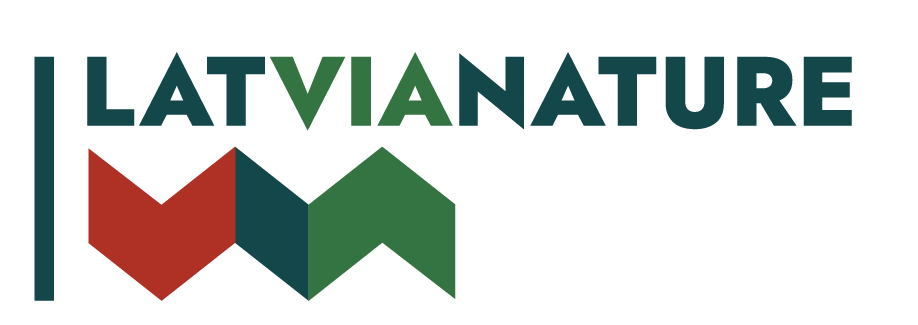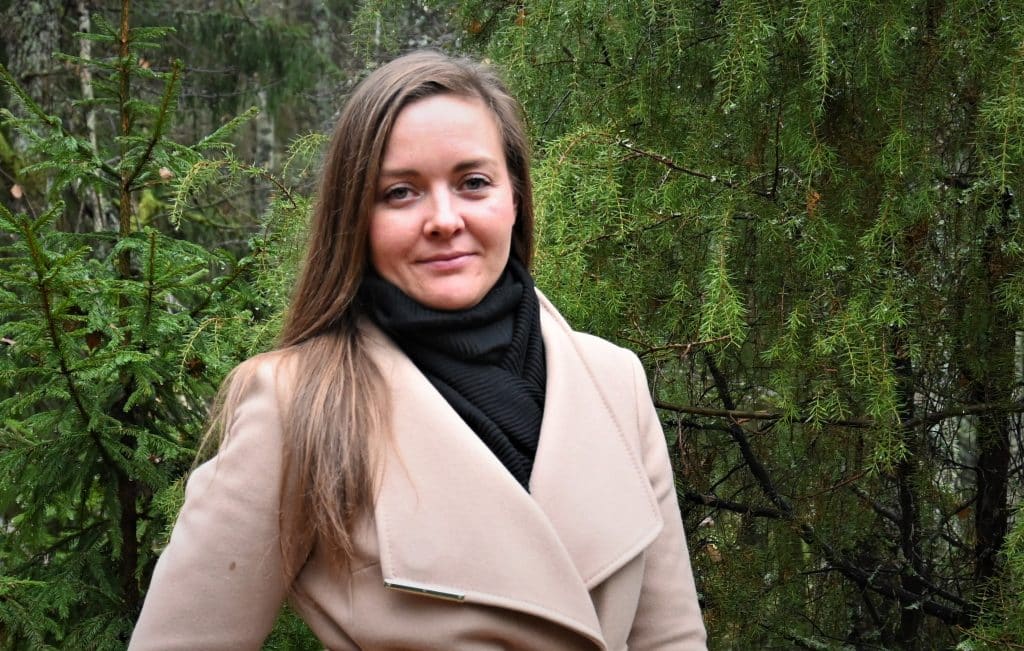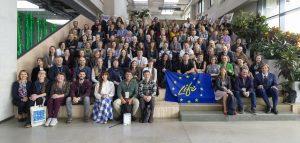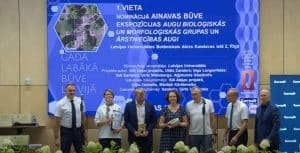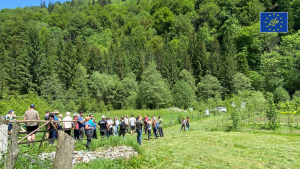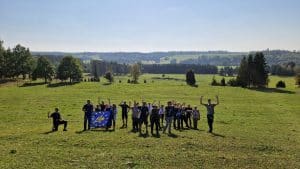Linda Uzule
- Master in Environmental Sciences from the Faculty of Geography and Earth Sciences of the University of Latvia, a PhD candidate in biology
- Expert in freshwater, grassland, forest, mire habitas and vascular plants
- Plant expert in the LIFE-IP LatViaNature Project
- Leadiong expert in the the Latvian Environment, Geology and Meteorology Centre, Inland Water Division
- Hobby – classic music
LatViaNature: When does expert’s summer begin?
Linda Uzule:
An expert’s summer begins very early in the spring, April, when nature wakes up. Not all plants bloom at the same time – some do in spring, some in the hottest part of summer, and some in autumn. An expert’s summer can sometimes last till the beginning of October or even later.
What is your main task as an expert?
Within the LIFE-IP LatViaNature project, my primary task is to define conservation objectives for the plant species under the Habitats Directive. Being an EU member state, Latvia has to be to be in line the EU, but it is equally important for the Latvian society to know the state of our natural assets – how do protected plants feel and are there any threats. If so, what can we do to prevent the threats? Here, expert fieldwork is essential providing information about the population of the species. Nothing can replace expeditions in nature, because we cannot use remote sensing to count lady’s-slippers Cypripedium calceolus in the forest or fen orchids Liparis loeselii in the marsh.
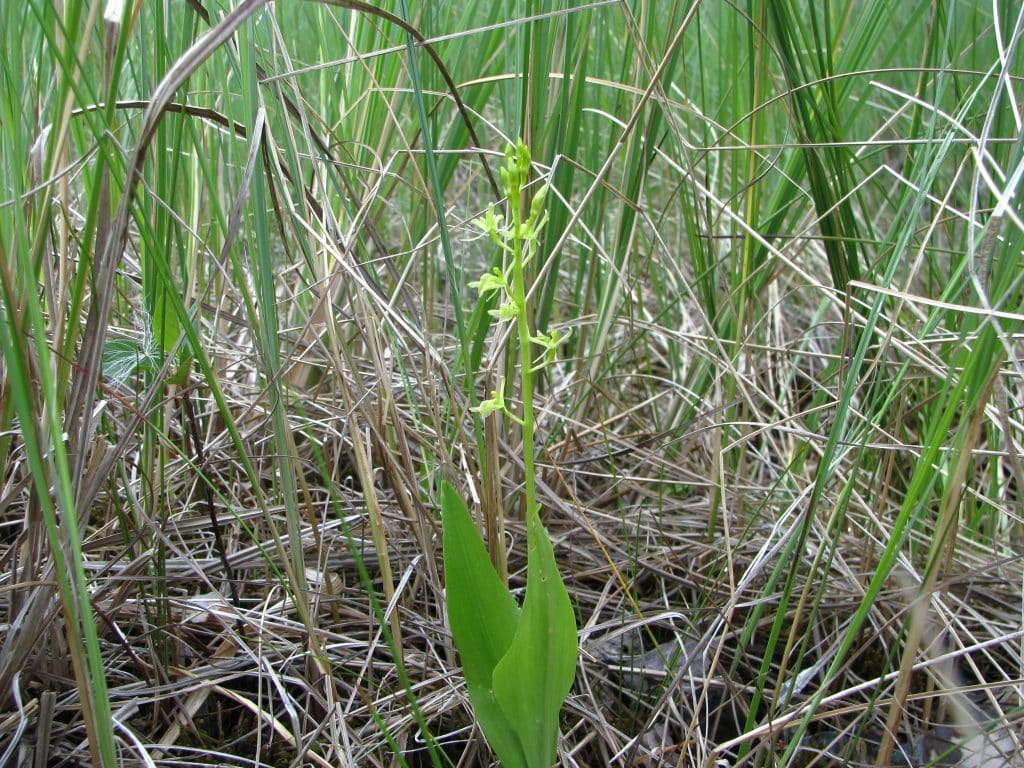
Why is this so important and what does this information tell us?
Plants monitoring helps to assess how these plants feel in the surveyed protected areas and outside. In addition, it is important to do this regularly and in the long-term to obtain as long a series of data as possible on changes in the population size.
How do the work of experts in summer expeditions, plant monitoring data and nature protection measures come together?
The expeditions and the obtained data are very important both for the preparation of nature protection and management plans and the evaluation of necessary management measures, as well as for the preparation of an assessment for the European Commission on the conservation status of the habitats and species of EU importance in Latvia. The data will allow experts to decide, whether the territory needs man’s help, or, on the contrary, it is necessary to leave everything to nature.
Nature management plans, on the other hand, are closely related to defining conservation objectives of species. At present, setting targets for the conservation of species and habitats is topical in the EU. The need for setting such targets is required by the Habitats Directive. There are two categories of consevation objections – on the national scale (or Favourable Conservation Status) and on the Natura 2000 area scale (site Conservation Objectives).
In the LatViaNature project, we work with objectives of both levels, and our task is to define scientifically grounded, realistic and achievable goals for each species and habitat of EU importance. Ideally, conservation objectives are quantifiable. It will be a number for each Natura 2000 site, and likewise a number for the entire state area that includes both Natura 2000 sites and other areas. Plant monitoring data also help to decide on conservation and management measures in specific areas that would improve the conditions for them.
What are your guidelines when setting goals?
The methodology, which forms scientific basis for defining conservation objectives, was developed already in 2019 by Ainārs Auniņš, Otars Opermanis and a small group of other experts.
Certain guidelines and scientifically grounded procedures are important for defining conservation objectives. A conservation objective is a scientifically defined number we aim for – how large a population of the species should be to sustain itself over a long period of time.
The objectives must be realistic, scientifically grounded, but the whole detemination process – transparent. Then other expert who will work after us will understand our way of thinking and, if necessary, will be able to revise the objectives according to new data and new knowledge.
Your area of expertise is very broad – mires, forests, grasslands, waters. How does it help with observations?
Knowledge on various ecosystems and habitats helps to see different interrelations, a better understanding is formed concluding that everything in nature is connected and there are no strict boundaries.
You see connections when understanding correlations of nature, which, undoubtedly, helps in the process of interpreting various data.
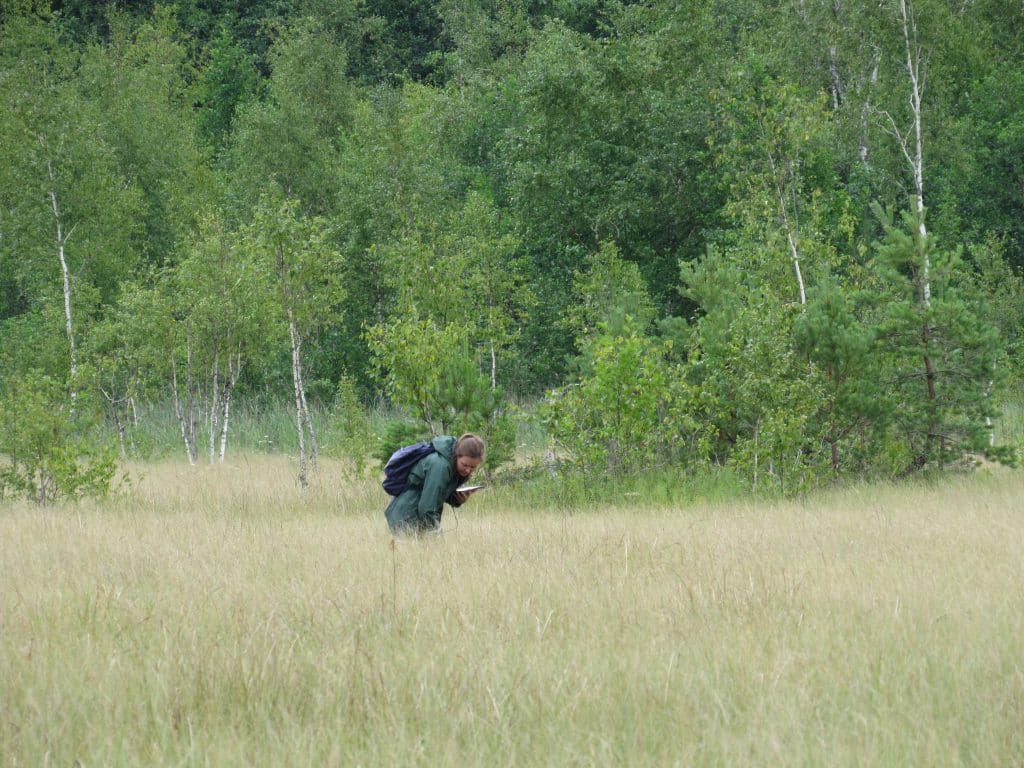
Monitoring the population of Liparis loeselii in the Augstroze Nature Reserve. Photo: Agnese Priede
How do you see the world of plants? Do experts develop particular senses over time?
I look at the world of plants, including trees, as living objects of the natural world. Like human brain, the most important part of plants is the root system.
It forms a communication network similar to the Internet, where information and nutrients are constantly transferred from one plant to another. In fact, plants are basically social beings, because they must help each other in order to live in a stable and lasting ecosystem where all elements of the ecosystem feel good.
Such a strategy of mutual aid provides a greater chance of survival for each individual.
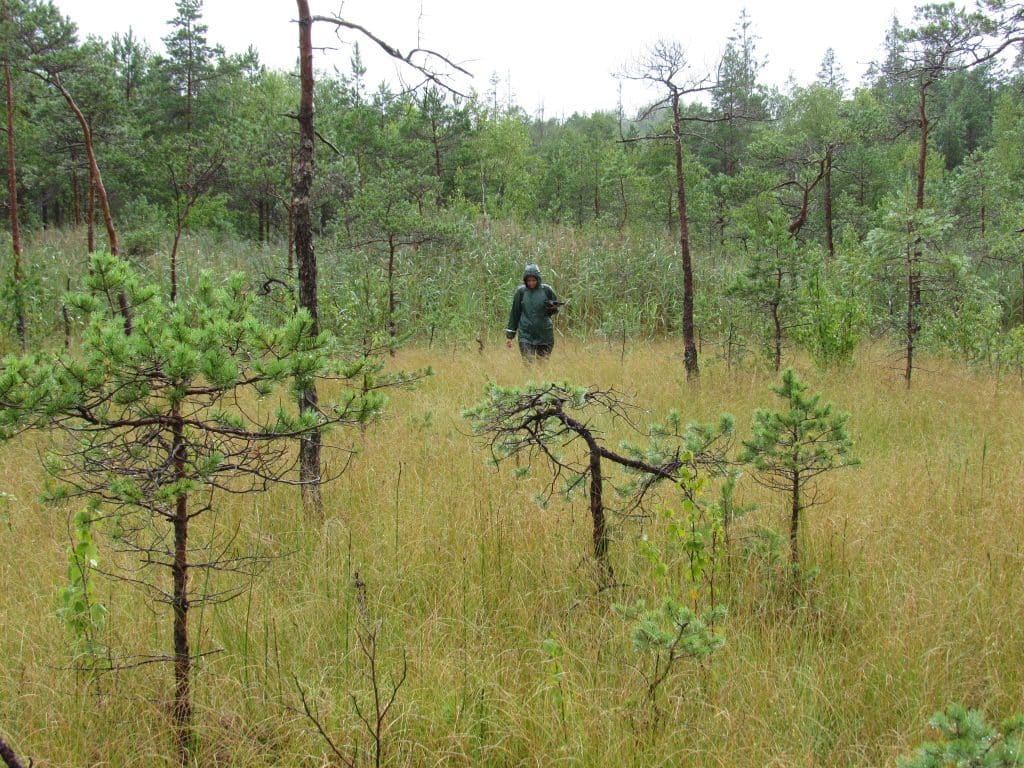
In what conditions does a plant feel good?
Once again, we can draw parallels with the human world. A person must meet his basic needs to feel good – to be fed, warm and safe. Plants also need their own living space – a suitable habitat where it feels good, with a stable microclimate the plant has adapted to over time.
What does plant diversity contribute to an ecosystem?
Health! The more diverse the ecosystem, the healthier the entire natural world is, and the healthier the natural world is, the better it is for humans, as one small being from the big common natural world.
We, humans, are one of the small elements in the big web, or the Internet, of nature.
Would that be the answer, why do we need, for example, the marsh Saxifrage Saxifraga hirculus?
Sure, and much more. Each living creature, each plant has its own meaning and significance, and if we, humans, do not realize this and do not put in meaningful concepts does not mean that plants do not have value in just being.
Linda Uzule was interviewed by Vita Krieviņa, LIFE-IP LatViaNature PR Expert
Translated to English by Edgars Bojārs
Cover photo: Inga Pikšena
